SUMMARY
This is AI generated summarization, which may have errors. For context, always refer to the full article.
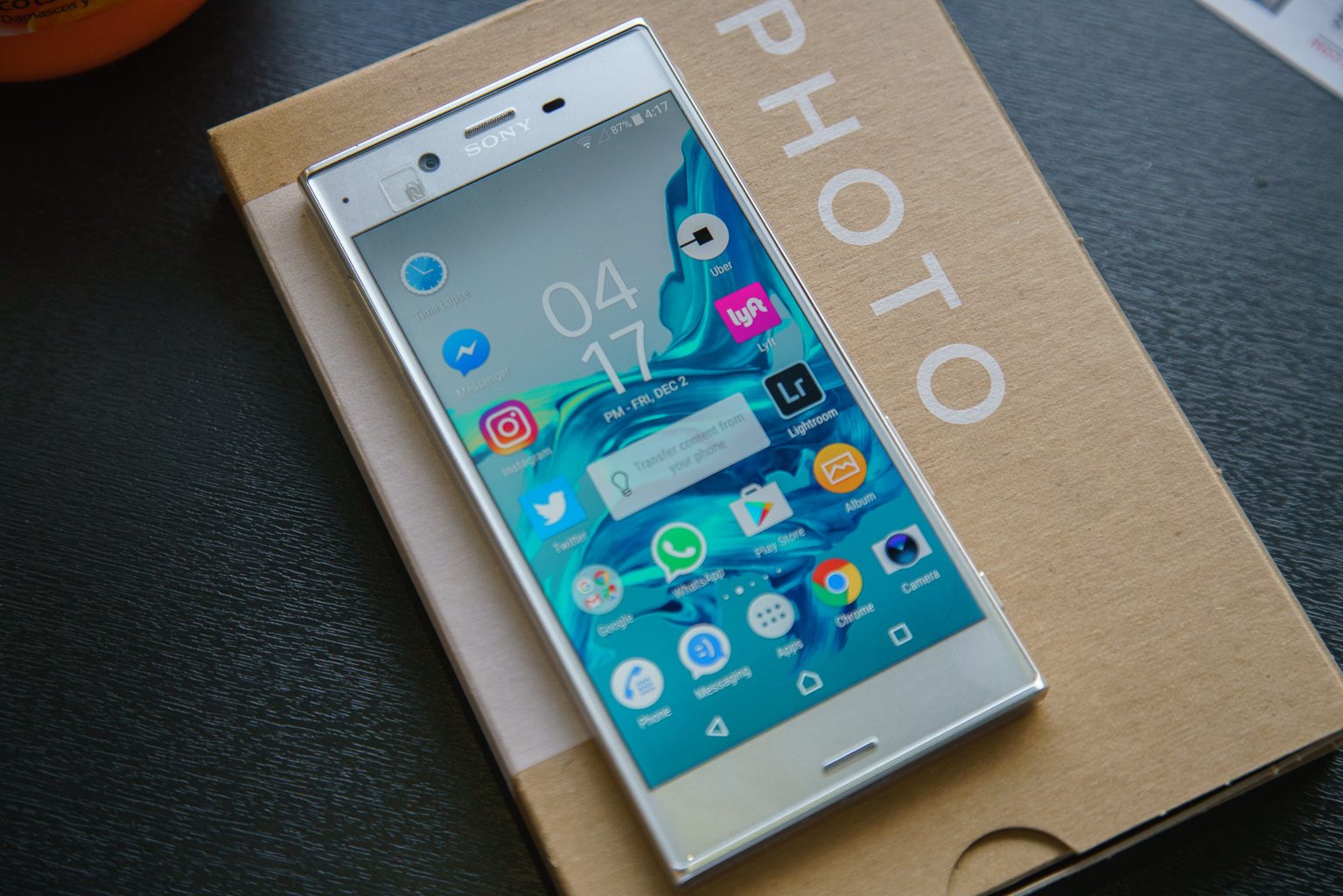
One of the Sony Xperia XZ’s touted features is its camera. So what better way to put it through its paces than hand it to a pro photographer and filmmaker Aaron Palabyab? For 30 days, Aaron got to play around with the flgaship device. Below is what he thought of it:
The Sony Xperia XZ is Sony’s new flagship smartphone, with its camera advertised as a “photo-pro’s camera.” I had a chance to try the phone for a month, coinciding with a trip to the US, to see how it lives up to the hype.
Design and build quality
First thing I noticed with the XZ is its design and build quality with its sleek, solid metal finish. I loved having it in my hand and showing it off. Some might not like the boxy corners, but to me it was a cool look, and makes it look and feel more like point-and-shoot.
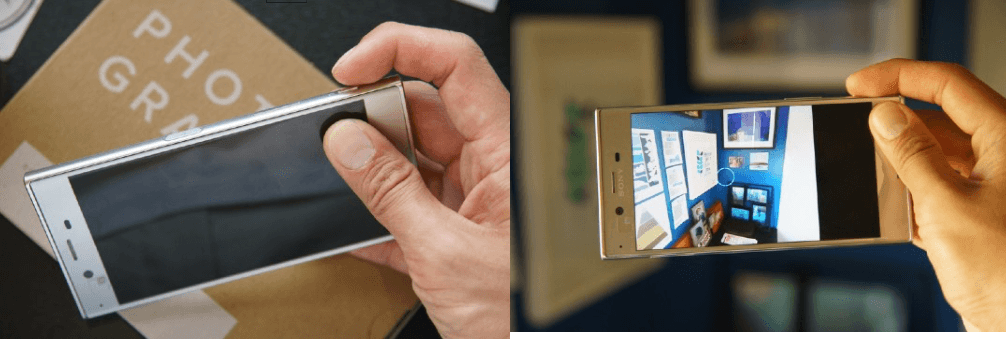
The design touch I like the most is the traditional two-stage camera shutter button on the bottom right of the phone. This allows you to hold and operate the phone like a point-and-shoot. It may just be a matter of preference, but for me, it made the phone more fun to shoot with.
The integrated fingerprint scanner in the side power button is a nice touch, unlocking the phone with one press.
Battery life
Battery life is good, lasting me the whole day without charging with regular social media and camera use.
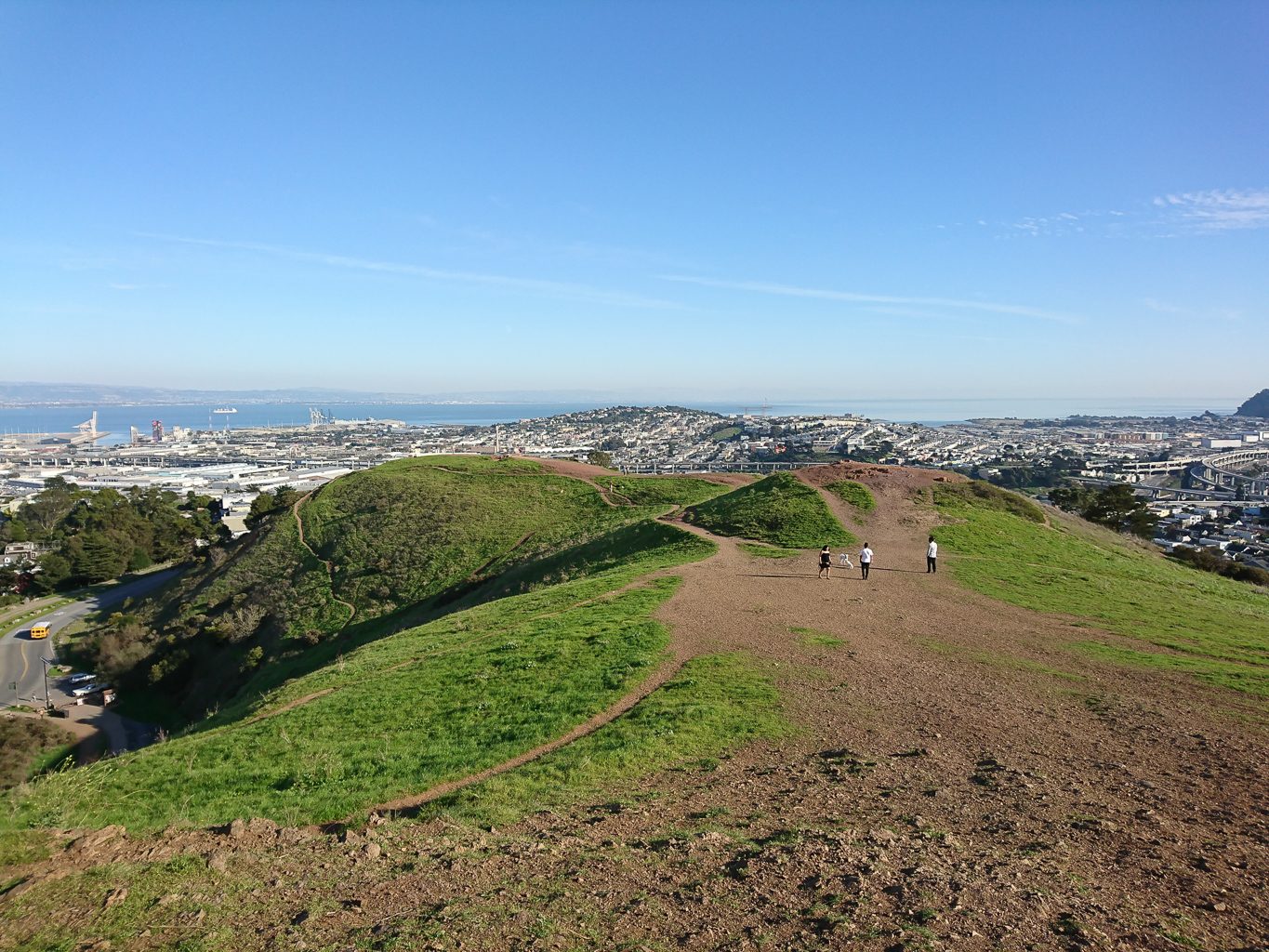
Landscape images in bright light
Viewing the 23-megapixel images at on my 5K iMac, low ISO images in bright light looked impressive and sharp, with good detail and outstanding color rendition. The high resolution shines in these situations.
Below is a side-by-side comparison between the XZ and Sony’s flagship mirrorless camera, the A7RII, resized to the same resolution. The full frame A7RII (right), unsurprisingly, has the superior image, with the XZ’s shortcomings in dynamic range apparent in the sky, but the similarity in color rendition is what impresses me: it just looks right. The RGBC-IR image sensor they tout to deliver accurate colors appears to be good as advertised.

Dynamic range is so-so, and the Superior Auto Mode doesn’t have Auto HDR like the iPhone 7. This is a problem, because the camera already lags behind the Google Pixel and the Samsung Galaxy S7 in dynamic range with its contrast-heavy processing.
Also, possibly due to its high resolution, it’s not the speediest camera shot-to-shot, with the iPhone 7 beating it soundly. Autofocus is reportedly excellent for moving subjects, but I don’t shoot fast action, so it wasn’t a factor in my tests.
But overall, shortcomings aside, the XZ takes some of the most appealing daylight photos I’ve seen from a smartphone. The images run on the saturated, punchy side especially compared to the iPhone 7, but in many situations this makes for social media-ready photos straight out of camera. Furthermore, the wider-than-standard 24mm-equivalent f/2.0 lens makes an appreciable difference, enabling better compositions.

Here are some bigger photos, shot in different lighting conditions:
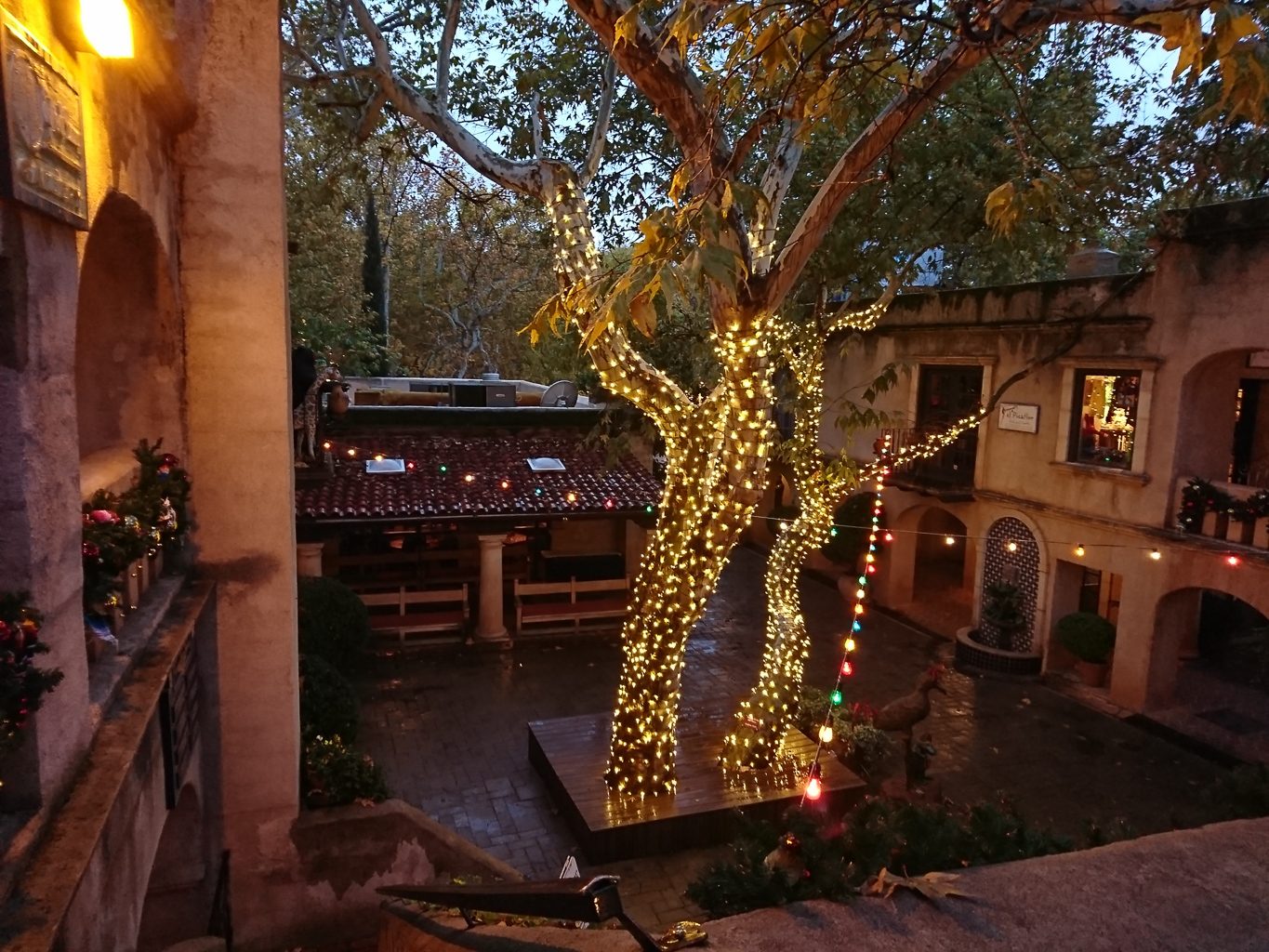
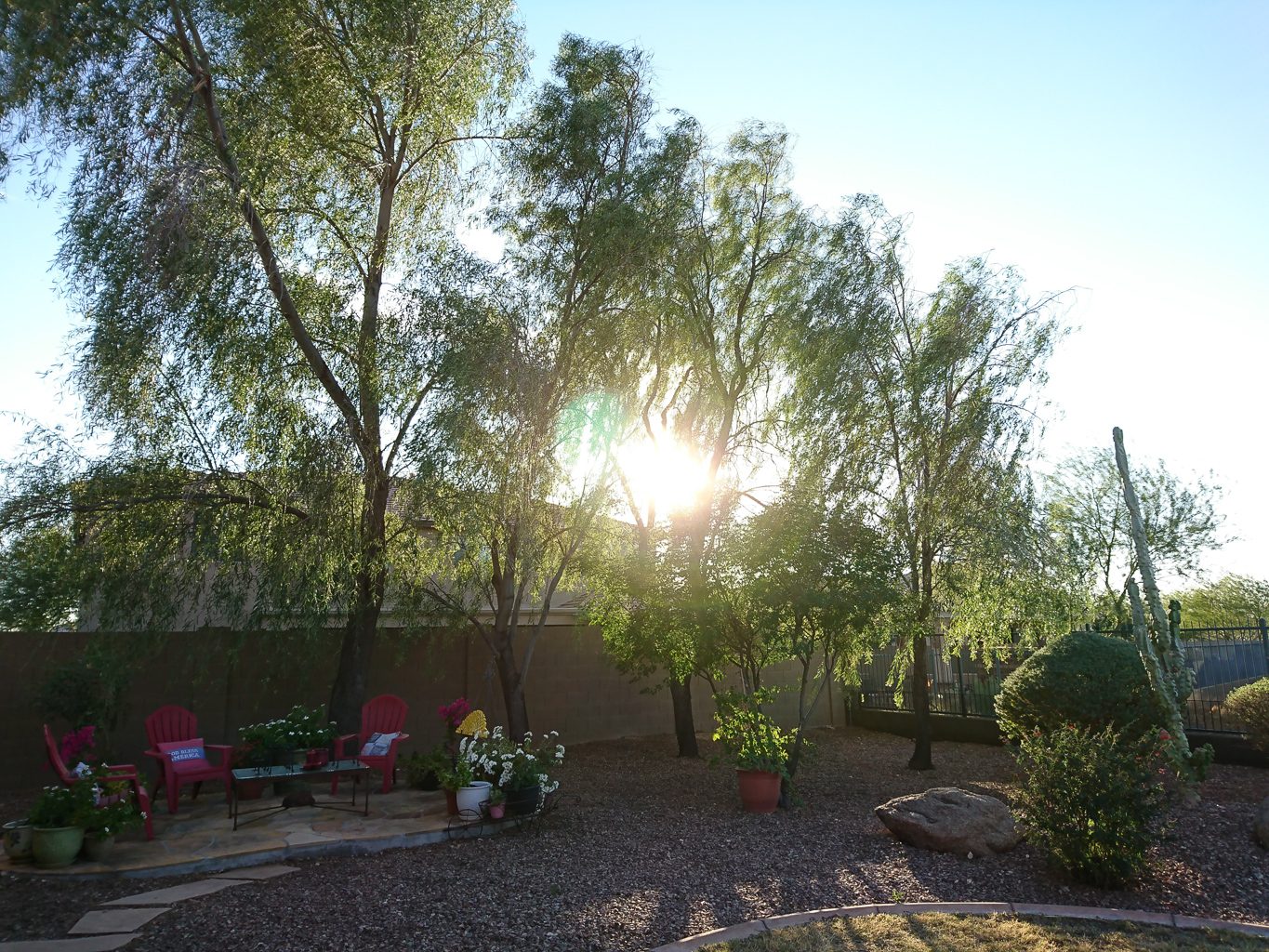
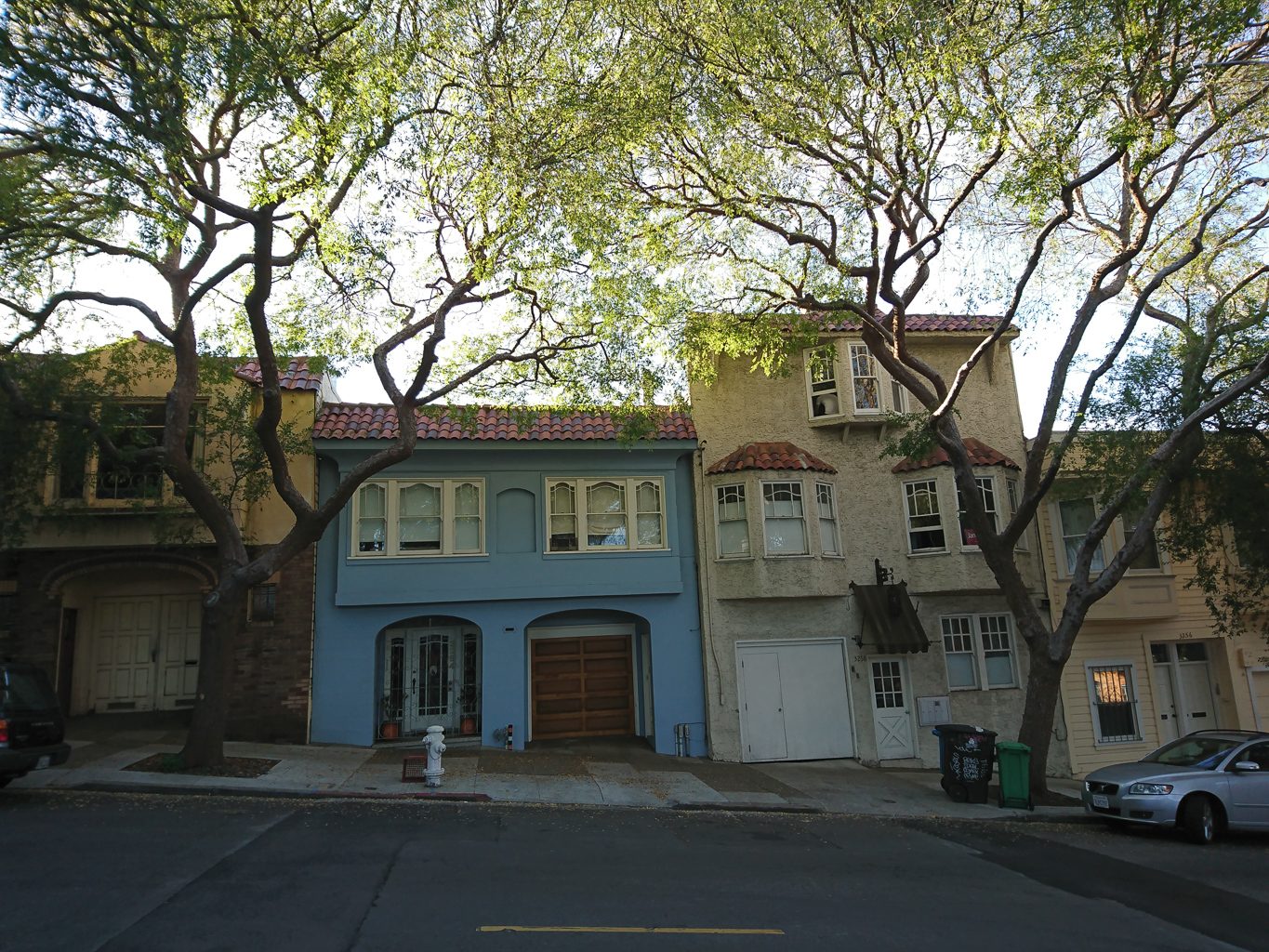
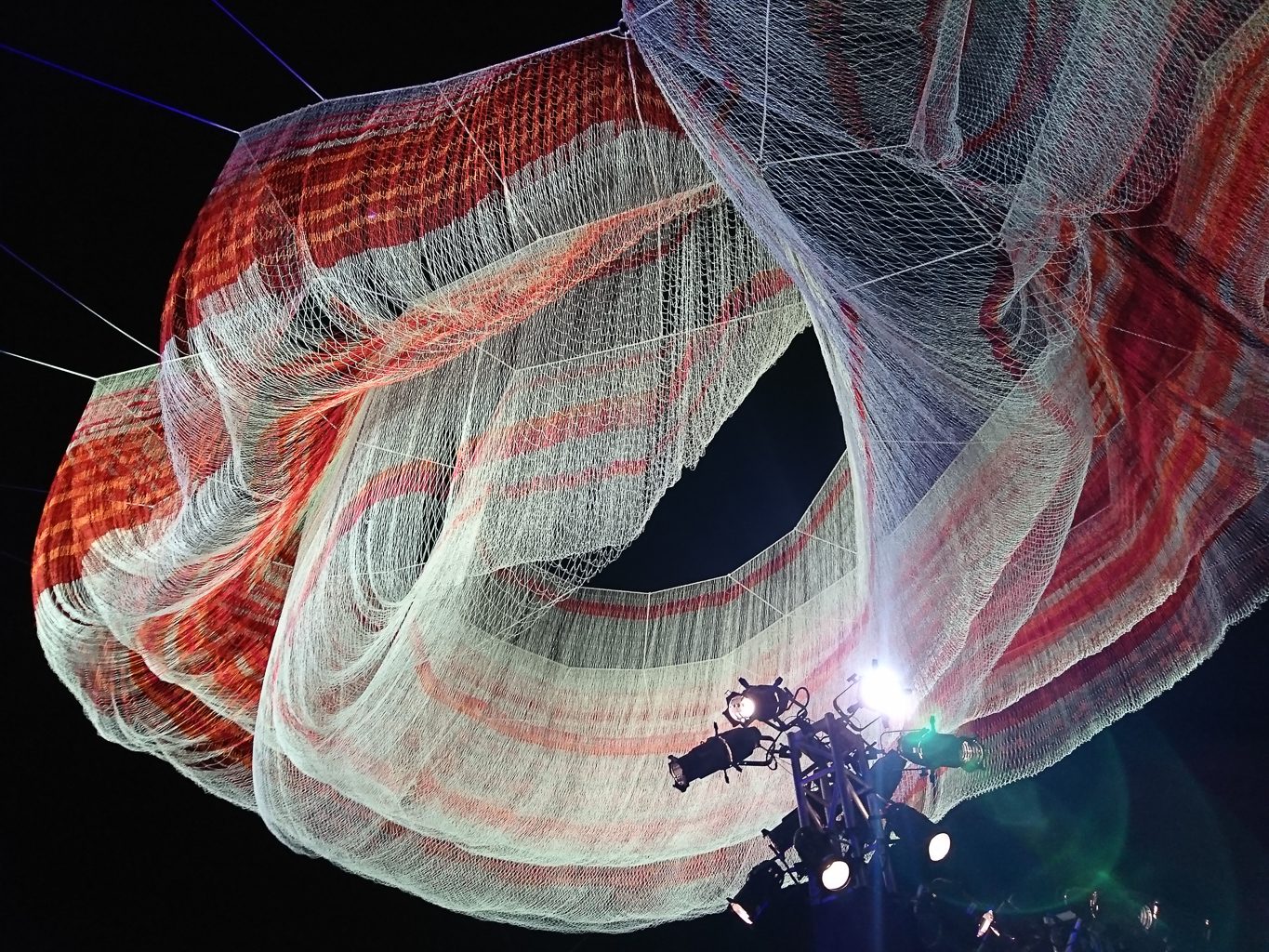
Low light
In low light, the Xperia XZ is a mixed bag, its performance likely hurt by the camera’s high resolution. As light levels go down and ISO goes up, the sharpness and detail of the XZ can drop significantly. Disappointingly, I consistently had a harder time getting non-blurry handheld lowlight shots from the XZ than from the iPhone 7, probably due to the lack of image stabilization in stills mode. Results can still be pleasing enough, outperforming previous generation smartphones.
Selfie mode
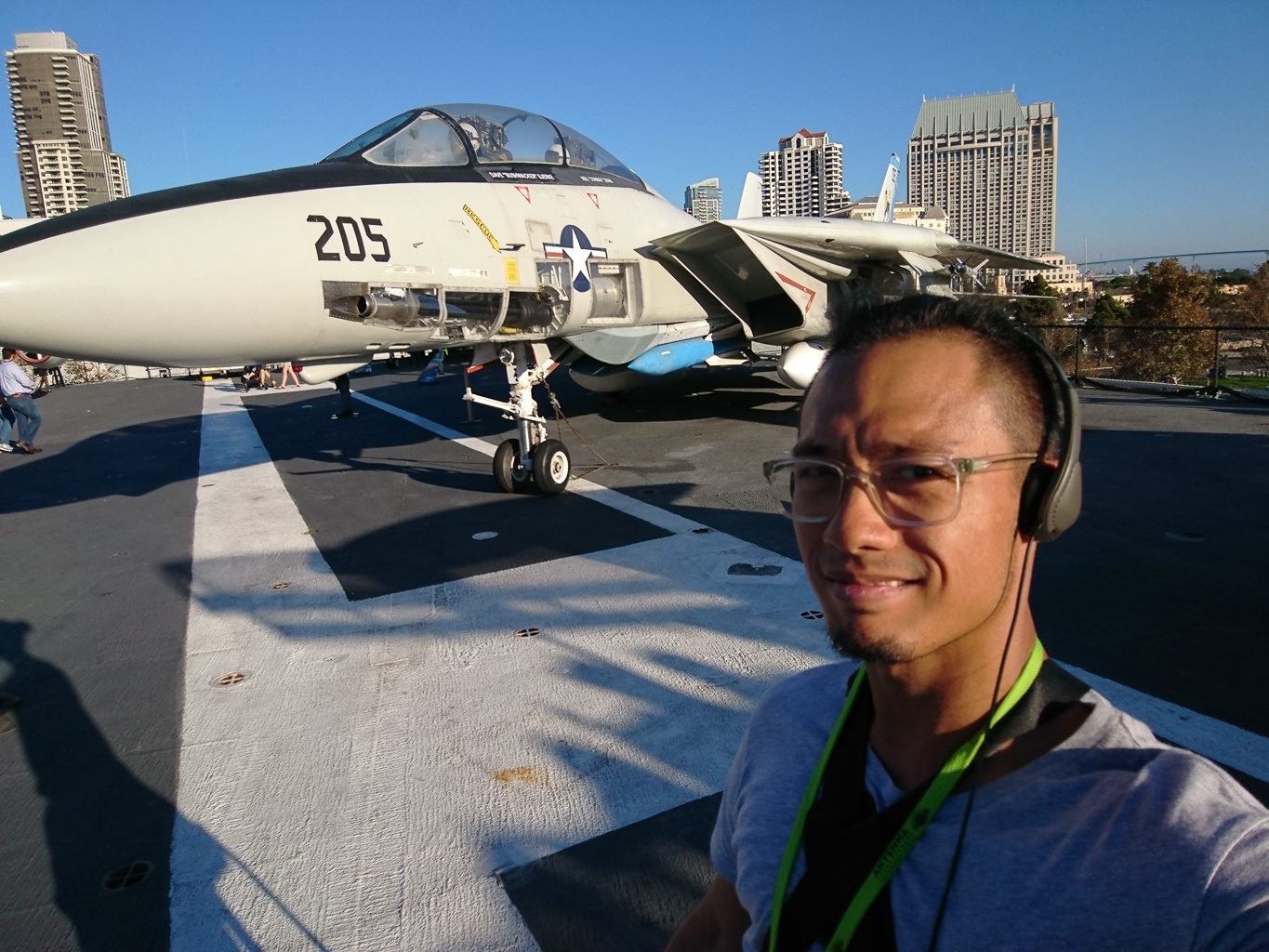
This is a great selfie camera – the wide 22mm equivalent, f/2.0,13-megapixel front camera makes the iPhone front camera feel claustrophobic, and image quality is also a step up. It even has built-in options for a hand wave or smile shutter, so you don’t need to awkwardly reach for the button with your hand held out.
Manual mode and camera software
The manual mode – and the camera app in general – is the biggest disappointment on the XZ, bested in every way by the high ISO and long exposure-capable software on phones like the Asus Zenfone 3 (ZF3) and Huawei P9.
Frustratingly, you can’t set both your shutter speed and ISO manually at the same time. It’s only one or the other at a given time. Maximum shutter speed is just 1s at a fixed maximum ISO of 500 (top image). With ISO set to 3200, maximum shutter speed is just 1/8s (bottom image).
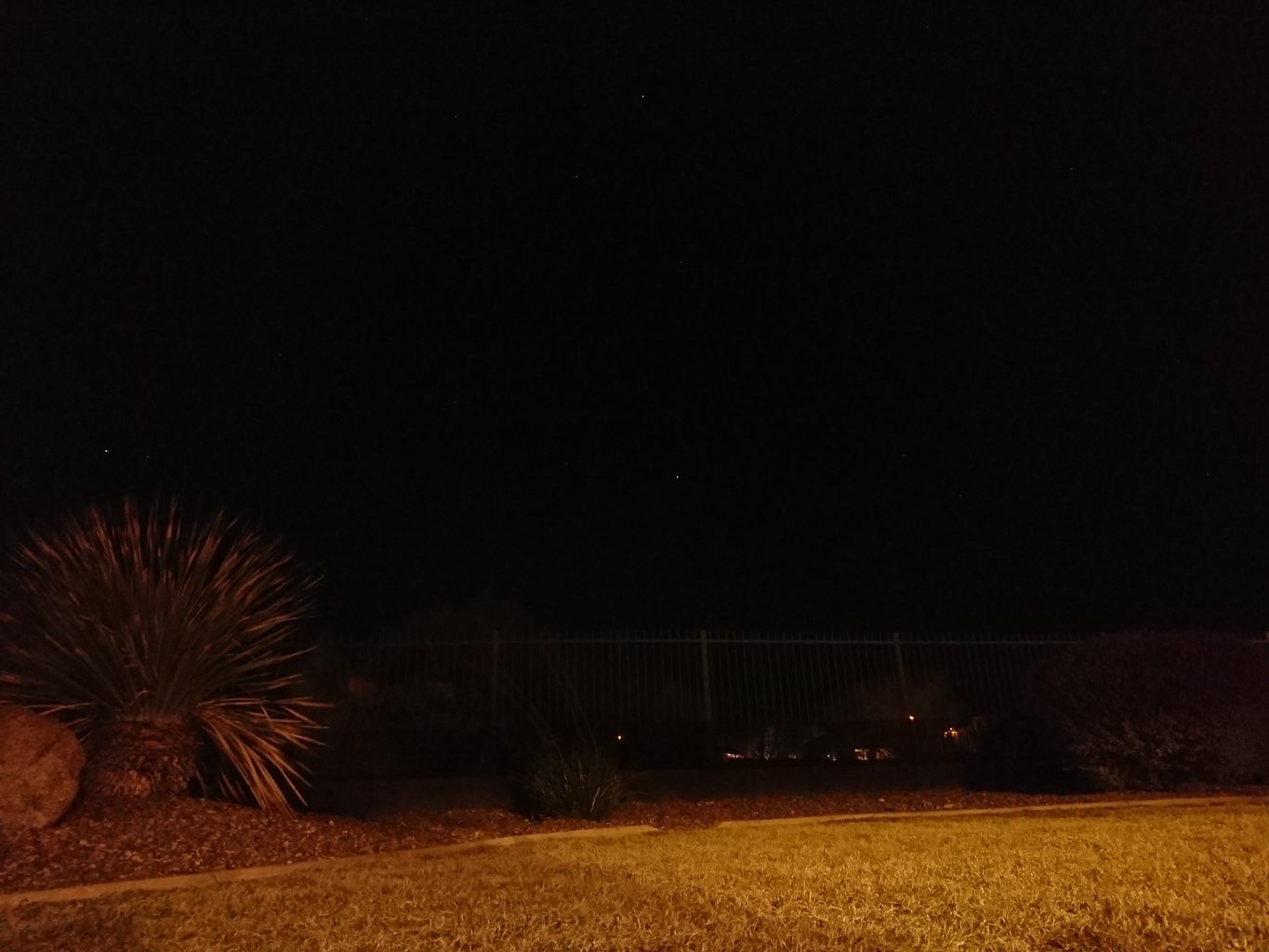
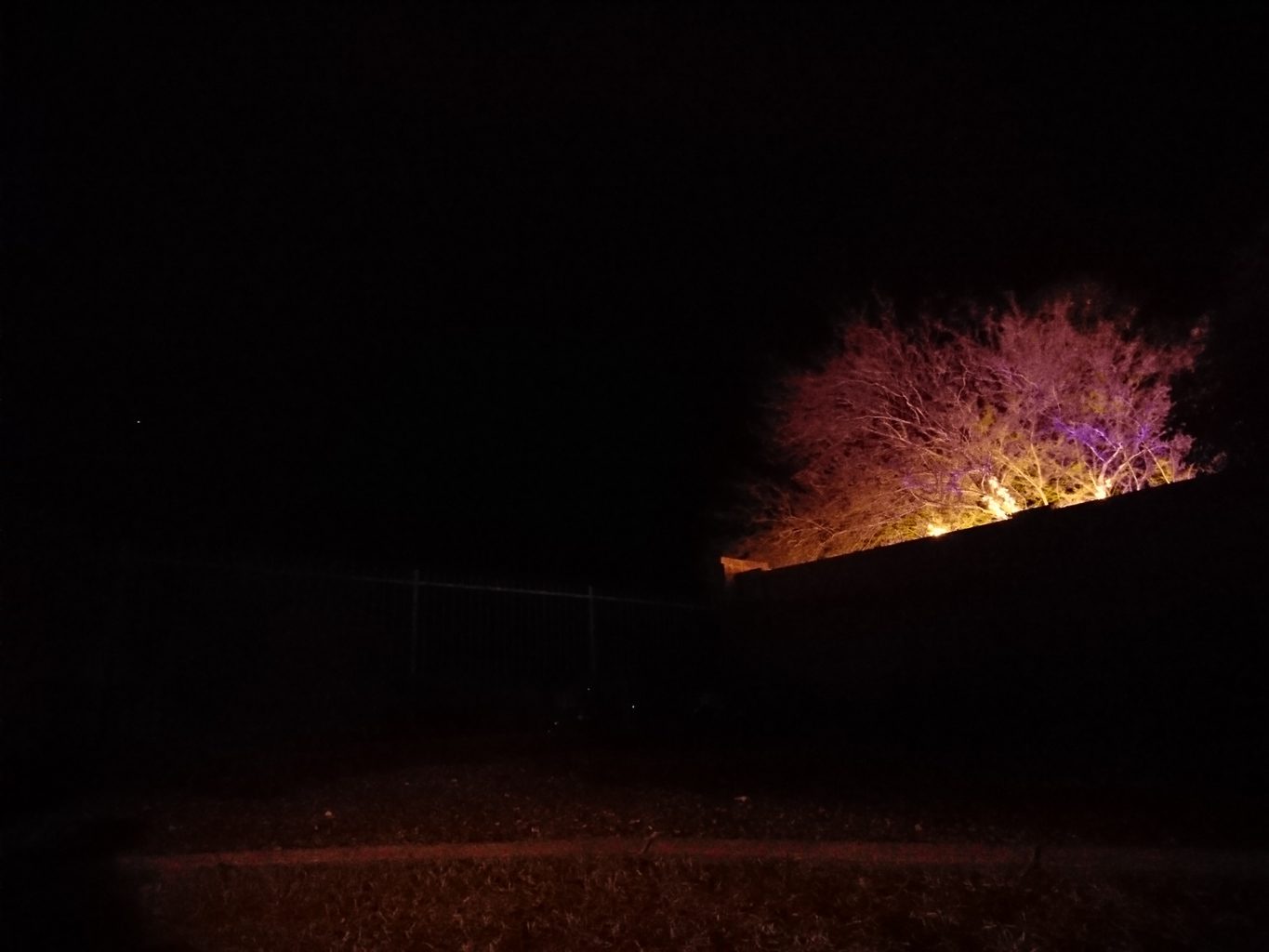
You also can’t set your color temperature manually. I found myself using Manual Mode only for exposure compensation in complex lighting situations, which technically isn’t manual exposure.
It also seems silly to have to open a different mini-app in camera mode to switch to 4K video, or to have to pay to unlock 4K time-lapse.
4K video
Just like photos in bright light, the 4K video on the XZ is quite good, with much less of the blocky artifacting I experienced on the ZF3. Image stabilization is so-so at 4K, but it’s there, unlike in some other smartphones.
One problem: The camera tends to overheat when shooting video in warm conditions, especially in 4K. I haven’t experienced this on any other smartphone, even shooting 4K throughout the day. I’m guessing the higher video quality may be placing higher demands on the hardware.
Final thoughts
In the one month I had it everyday, I actually loved using the Sony Xperia XZ. I enjoyed its premium build and design, color accuracy, high resolution, and high quality video, though I was also occasionally let down by its so-so camera software. My ideal smartphone camera would combine the resolution, color, video, and design of the Sony Xperia XZ with the software of the Asus Zenfone 3, the dynamic range of the Pixel or Galaxy S7, and the lenses of the iPhone 7 Plus. Until then, we’ll have to choose one.
At the same price point as the iPhone 7, it’s a premium phone at a premium price, but, flaws aside, it puts a high-performing camera in a high-end, waterproof package that’s a pleasure to hold and to use. Definitely worth a look. – Rappler.com
Aaron Palabyab is a fine art landscape, night sky, and travel photographer and filmmaker. He’s traveled around South America and shot a feature film in Spain, but remains a hermit in Manila. You can find him on Instagram @apalabyab, Facebook at Aaron Palabyab Studio, and his blog at www.aaronpalabyab.com/blog.
Add a comment
How does this make you feel?
There are no comments yet. Add your comment to start the conversation.